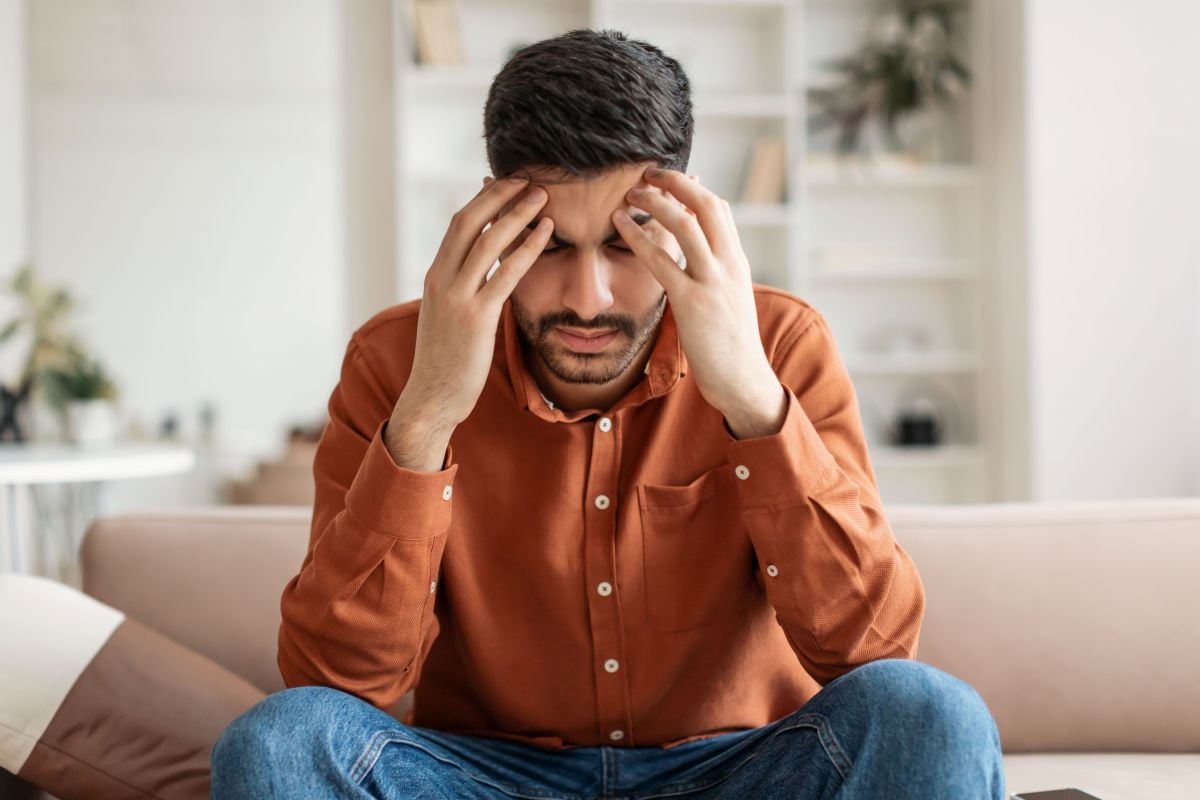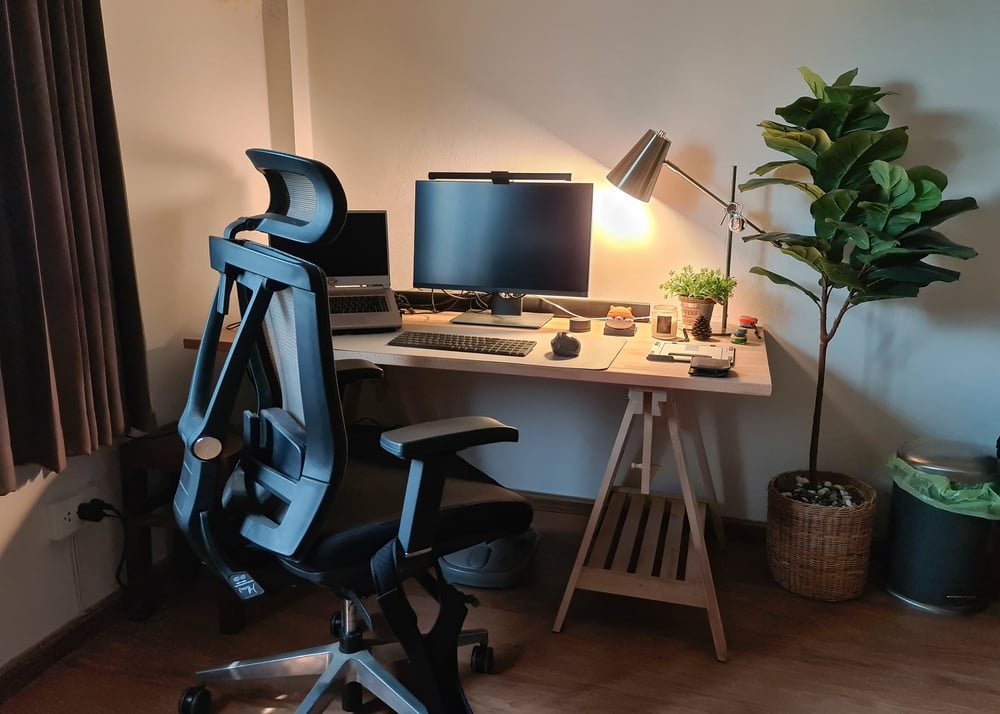
How to move on from low back pain

Note: If you have any questions or are unsure about the suggestions below, please check with your clinician or health professional.
Have you ever had a sudden onset of low back pain? Sometimes low back pain develops slowly, but often it seems to come from nowhere, for no particular reason.
It may occur after bending over to put on your shoes or to pick up something very light, like a piece of lettuce. After bending over, it may be near impossible to straighten up again due to the onset of pain and spasm.
It may then also be very painful to get up from sitting, or turn over in bed, or get in and out of a car. Because the pain and limited movement can come on so suddenly, people commonly use the term “I threw my back out.”
If this has happened to you, you will likely remember how scary it was. You are not alone. At least four out of five people are expected to have at least one episode of low back pain during their lives.
The good news is that because low back pain is so common, and has been for decades, we have a lot of good research and well-proven strategies that can help. Here are a few things you should know:
Back pain isn't a predictor of chronic pain
1. It is important to know that having an episode of low back pain and limited mobility is not a predictor of longstanding chronic pain. Very rarely is there a significant medical reason for the pain.
Even though the pain can take your breath away, it does not mean you have injured your spine. Our backs are strong and in the majority of cases, imaging, such as X-ray or MRI, is not needed.
Movement is important
2. Movement, although it can be difficult and painful at first, is one of the best strategies to recover from an incident of low back pain. It is ok to move slowly and carefully for the first few days, but do keep moving. Change positions often. You can expect movement to get easier over the following few days.
Relax your muscles
3. Your back muscles will be very tense and it is important to learn to relax them. One recommendation is to carefully get on the floor or, if that is too daunting, onto your bed. Lie on your back, with your knees bent or straight, whichever is more comfortable. Try not to talk or be distracted. Relax your mind and your body. Take some deep breaths, such that your belly rises.
Do this for 5-15 minutes. Roll carefully onto your side and then your hands to get up from the floor.
Walk as much as you can
4. Walk as much as is comfortable, around your home and outside.
An episode of low back pain should improve over the next few days and weeks. At any time during low back pain, whether a first time episode, a recurrent episode or long lasting low back pain, a Lifemark physiotherapist can help you through the steps to get you back to your usual self.
For more information or if you’d like to schedule an appointment with a physiotherapist, check out our locations page to find a clinic near you or book online.




